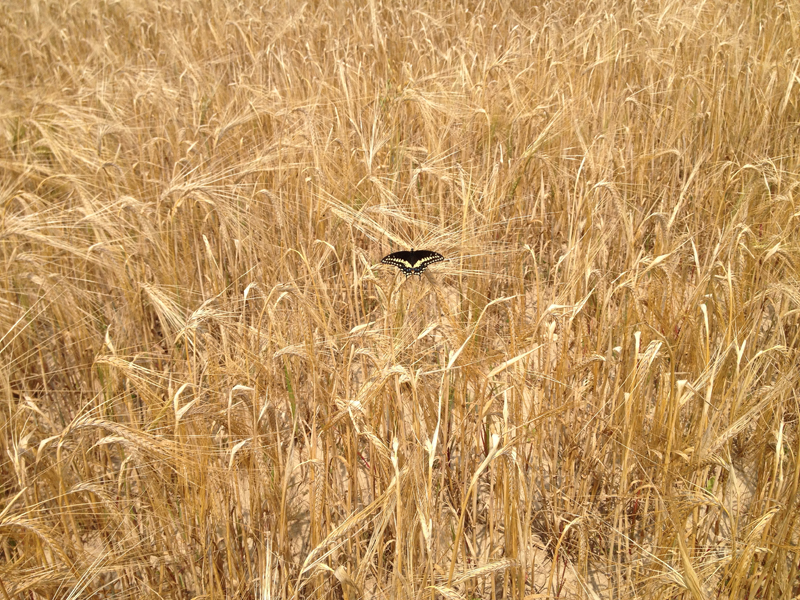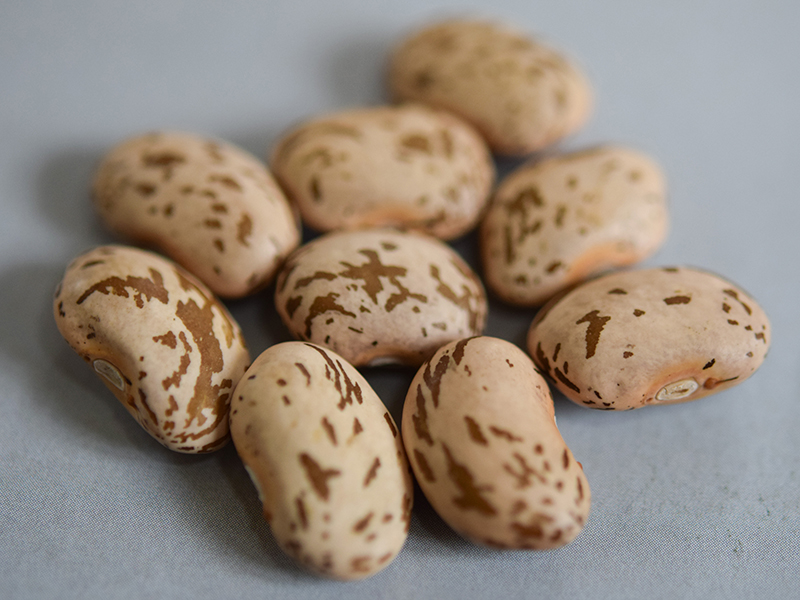Science News
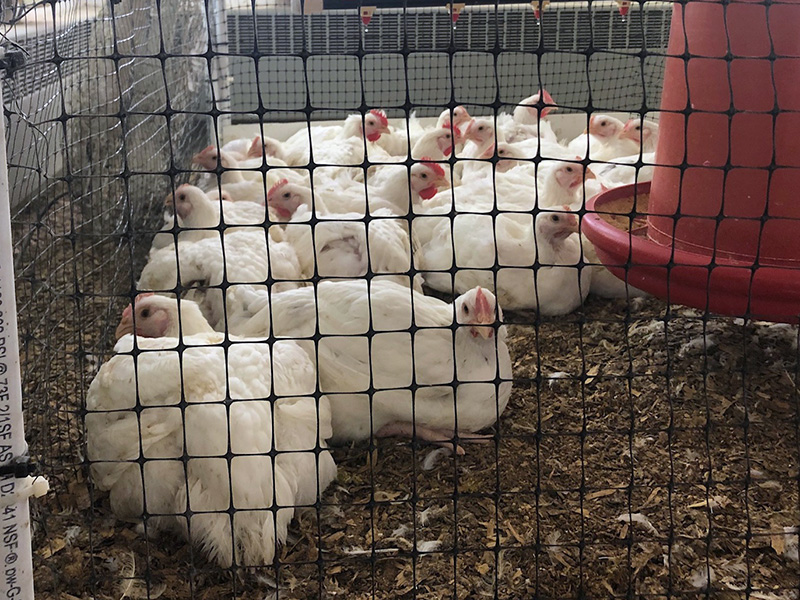
Chicken is the most consumed protein in the United States. According to the National Chicken Council, the U.S. produced more than 9.2 billion broiler chickens in 2019. US consumers spent more than 95 billion dollars on chicken products.

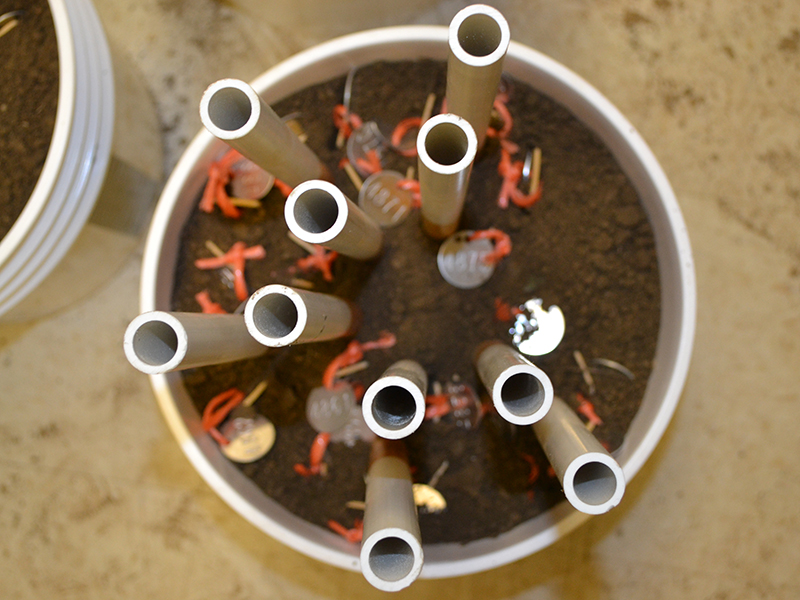
Stand outside and look underneath your feet. There, perhaps under some grass, is the soil. On a dry day, all the spaces in the soil are filled with air. And some distance further down, those spaces are entirely water. So, what’s in between?
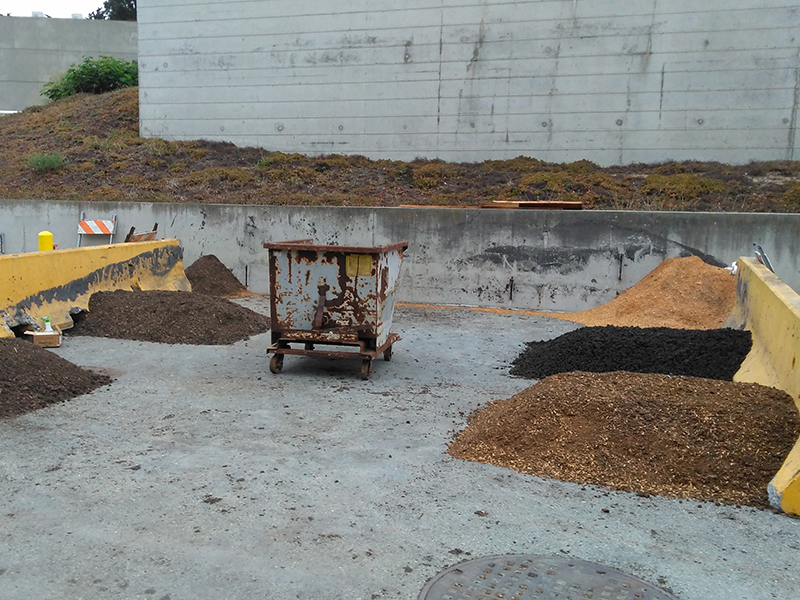
What goes down the drains can be used to make things grow.
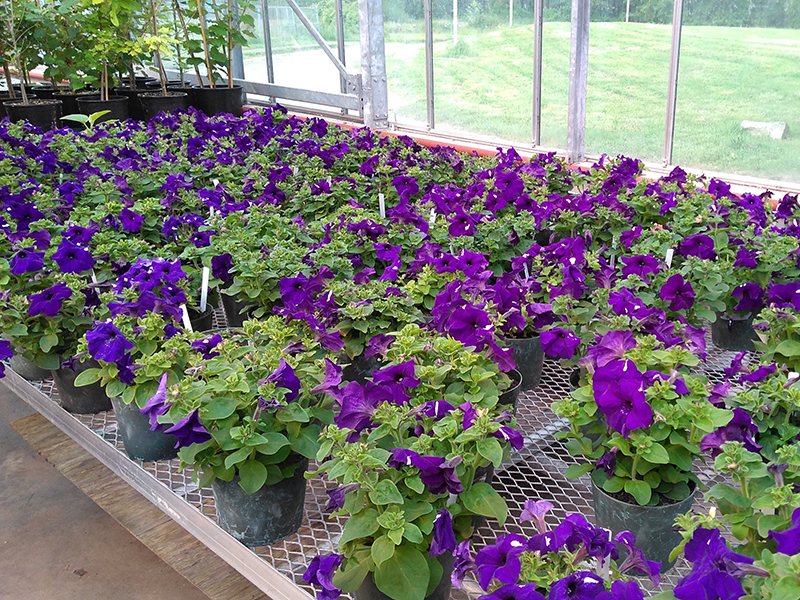
Sewage sludge – carefully treated to make it safe – is used often in agriculture. Now, researchers are testing these materials, called biosolids, for use in urban settings.
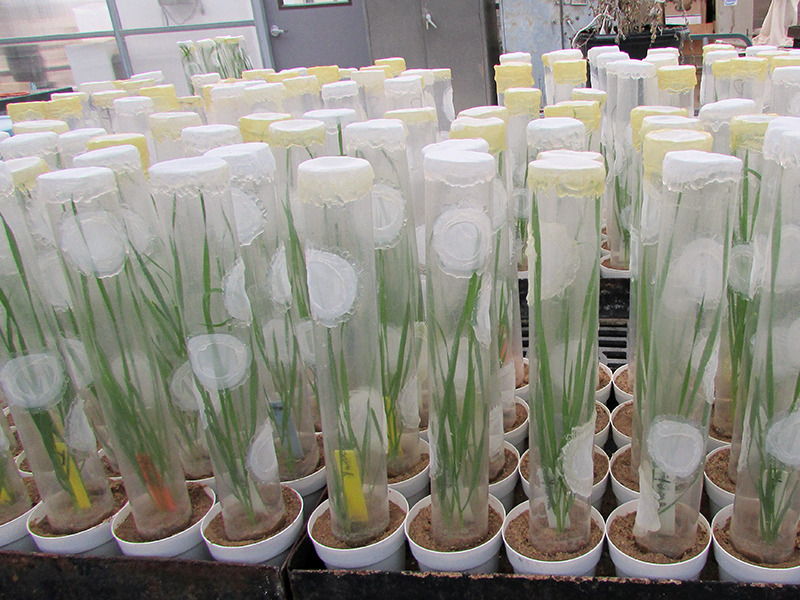
Fields of wheat are so associated with the U.S. that they’re featured in the song America the Beautiful as “amber waves of grain.” But those amber fields face a big threat: Russian wheat aphids.
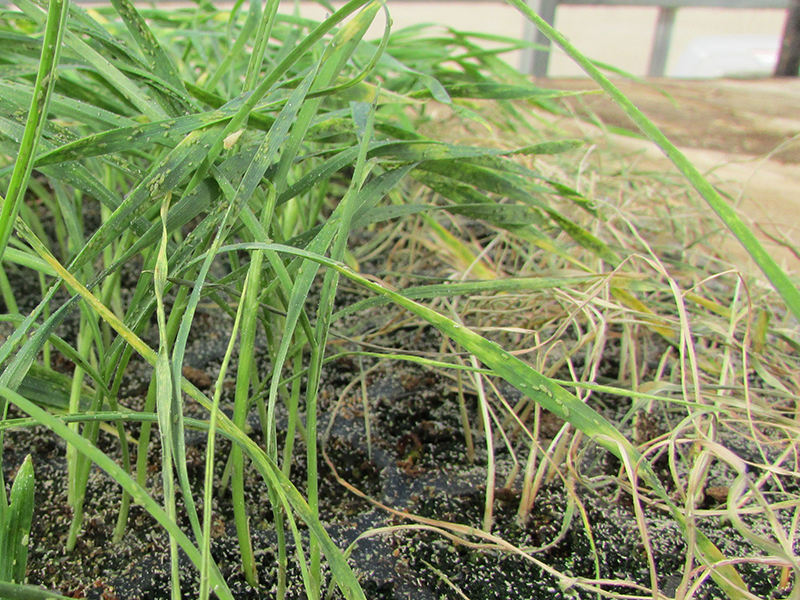
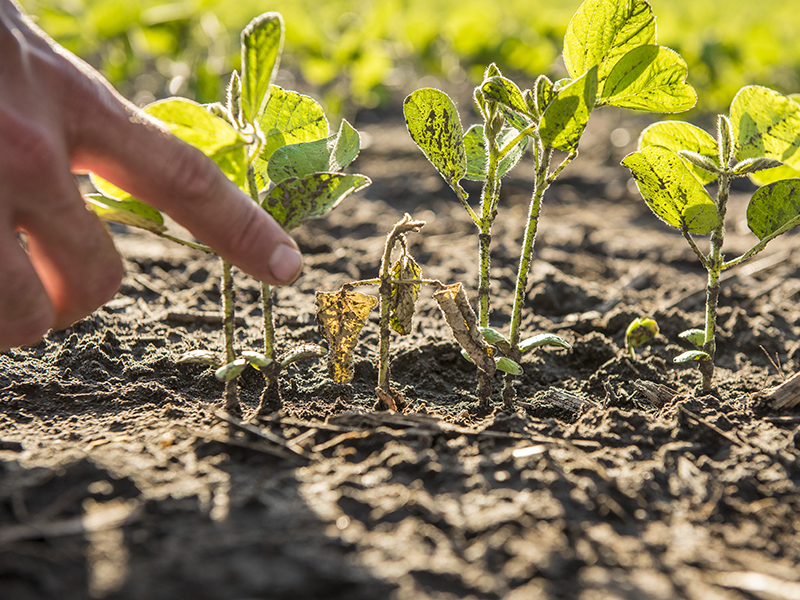
To some, farming might seem simple: plant seeds, help them grow, then sell the product. But the reality is MUCH different. Farming requires many complex decisions throughout the year.
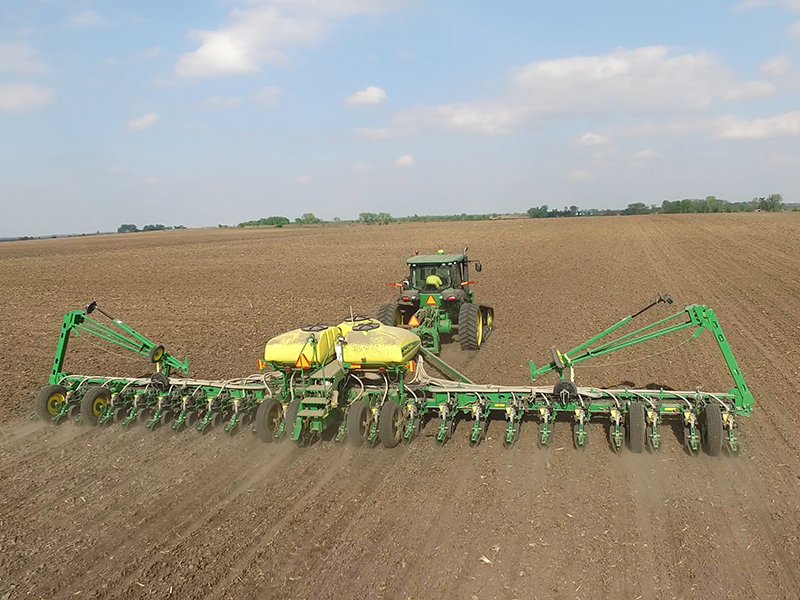
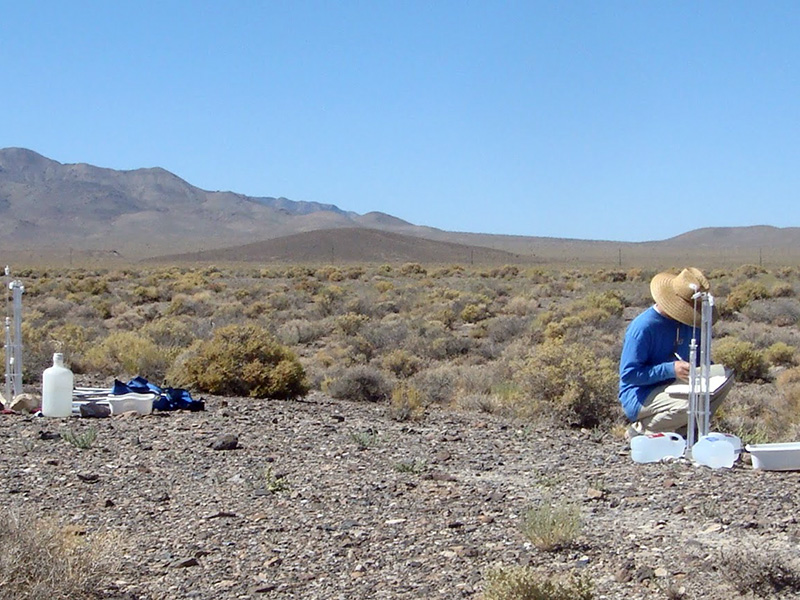
Soils in deserts are very different from those found anywhere else. Extreme temperatures, little water and limited plant matter make an unusual environment. With little dead plant material to decompose and create a rich layer of organic matter, desert soils are unique.

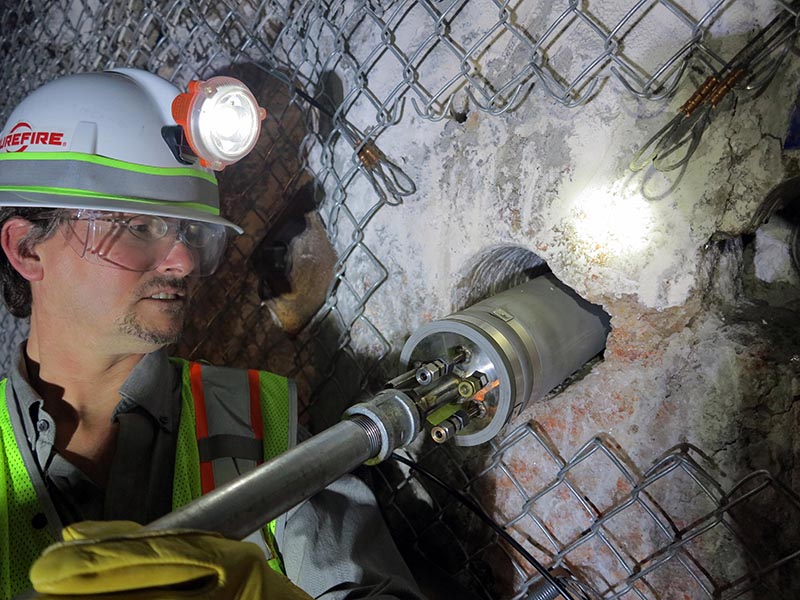
Around the world, there are pools of water filled with nuclear waste waiting for their final resting place. This is waste that was created from decades of nuclear power generation, and the waste must be handled carefully.
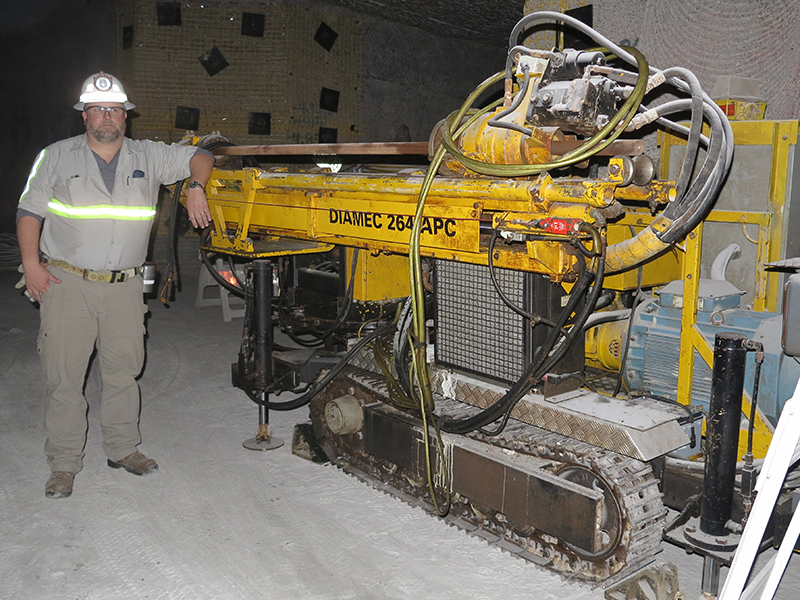
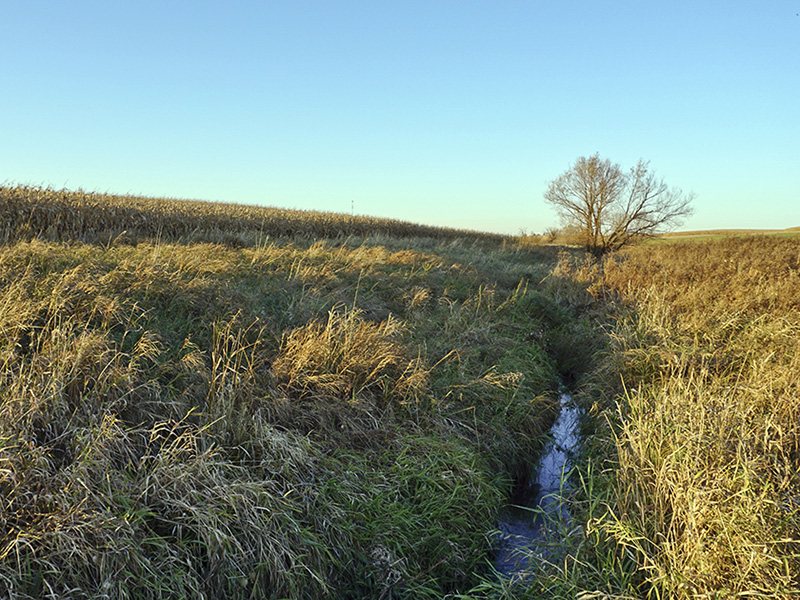
To combat weeds, farmers use a variety of tools and methods. By understanding the strengths and downfalls of each tool, a farmer can make the best decisions for his or her operation to keep pesky weeds out of the field.
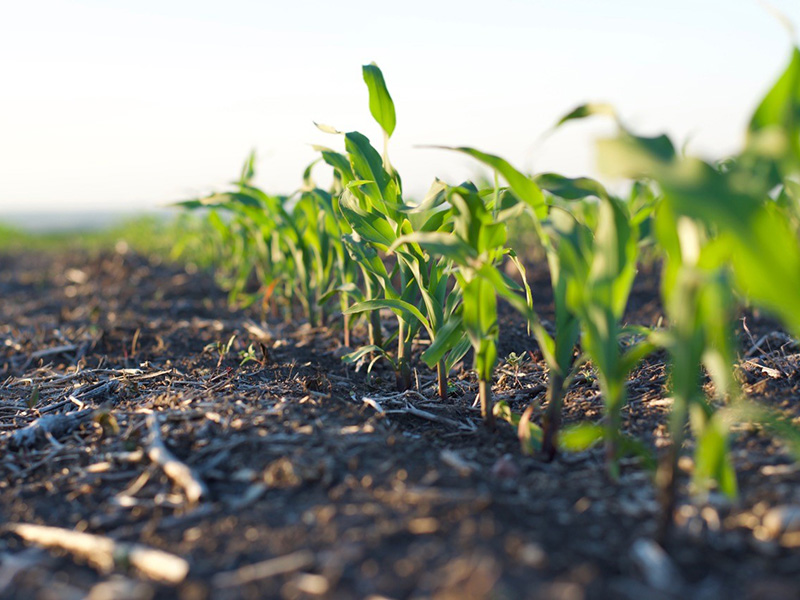
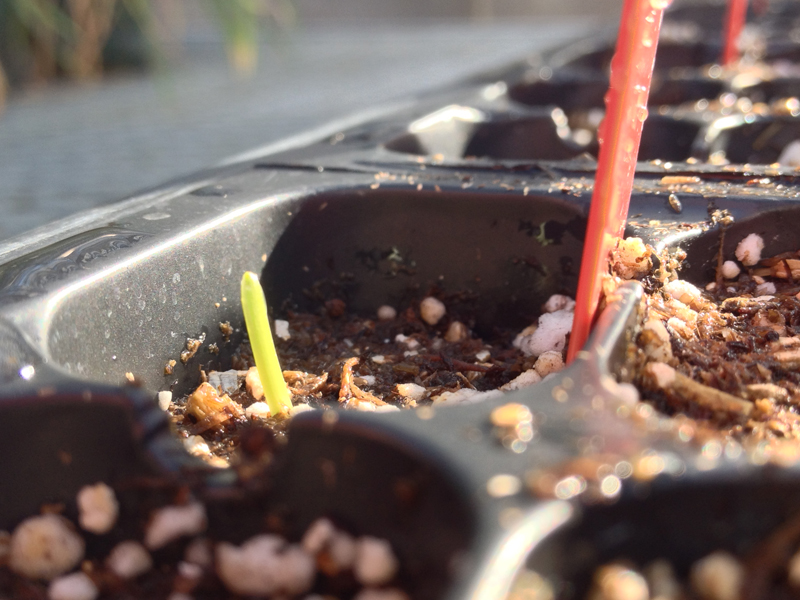
Some new crop varieties are bred to be more nutritious. Others are more resilient, bred to tolerate harsher environmental conditions.
